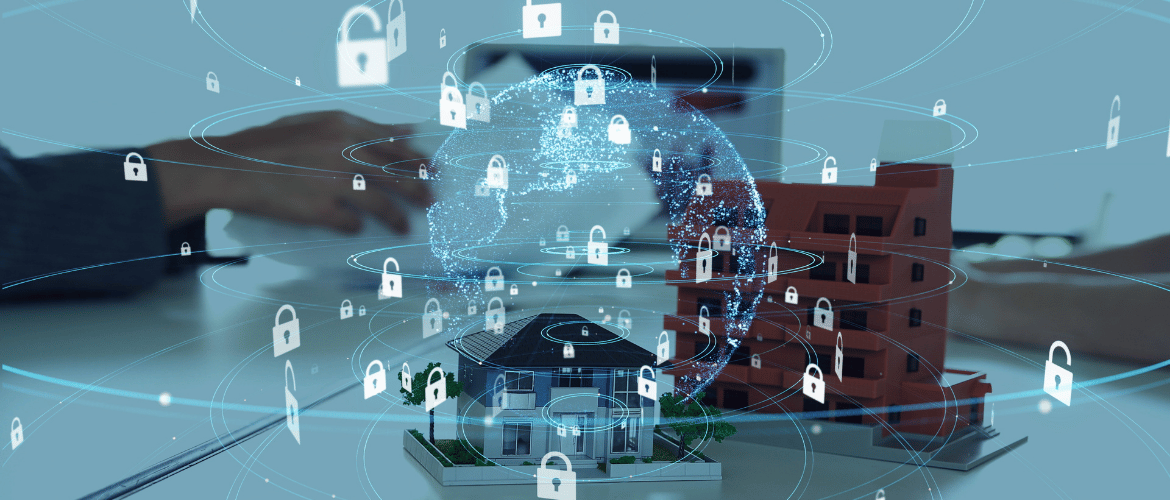What are security dependencies?
Security dependencies refer to the relationships and connections between various components, processes, and entities within a cybersecurity ecosystem. These dependencies exist to support and protect digital assets, networks, and information. Think of them as the building blocks of a secure digital environment.
Why do security dependencies matter?
Protection: Security dependencies are designed to safeguard against a wide range of threats, including cyberattacks, data breaches, and unauthorized access. They are like layers of defense that collectively work to keep digital assets secure.
Efficiency: In cybersecurity, efficiency is crucial. By understanding and managing security dependencies effectively, organizations can optimize their security measures. This ensures that resources are allocated where they are needed most, increasing overall efficiency.
Compliance: Many industries and organizations are subject to regulatory requirements regarding data security. Security dependencies help meet these compliance standards, ensuring that sensitive data is adequately protected.
Risk Mitigation: Identifying and managing security dependencies is a fundamental aspect of risk management. By recognizing potential weak points in a system, organizations can take proactive measures to mitigate risks and prevent security incidents.
Types of Security Dependencies
Hardware Dependencies: These are related to the physical components of a system, such as servers, routers, and firewalls. Ensuring the security of these components is essential to protect the overall infrastructure.
Software Dependencies: Software programs and applications often rely on each other to function correctly. Vulnerabilities in one piece of software can affect the security of others, making software dependencies a critical concern.
Human Dependencies: People are a significant part of the security equation. Employees, contractors, and users can inadvertently introduce security risks if they are not aware of best practices and policies.
Third-Party Dependencies: Many organizations use third-party services and vendors for various aspects of their operations. These dependencies must be carefully evaluated and managed to ensure they don’t compromise security.
Managing Security Dependencies
To effectively manage security dependencies in cybersecurity, organizations can take the following steps:
Assessment: Regularly assess and identify all security dependencies within your environment.
Prioritization: Determine which dependencies are most critical to the organization’s security goals.
Monitoring: Continuously monitor dependencies for potential vulnerabilities or changes that could impact security.
Documentation: Maintain detailed records of security dependencies and their configurations.
Training and Awareness: Educate employees and users about the importance of security and their role in maintaining it.
Incident Response Planning: Develop a robust incident response plan to address security breaches or vulnerabilities promptly.
Conclusion
Security dependencies are the invisible threads that hold the fabric of cybersecurity together. Understanding, managing, and protecting these dependencies are essential for safeguarding digital assets and information. By taking a proactive approach to security dependency management, organizations can stay ahead in the ongoing battle against cyber threats. Remember, in the world of cybersecurity, it’s not just about the individual components but how they work together to create a secure whole.

